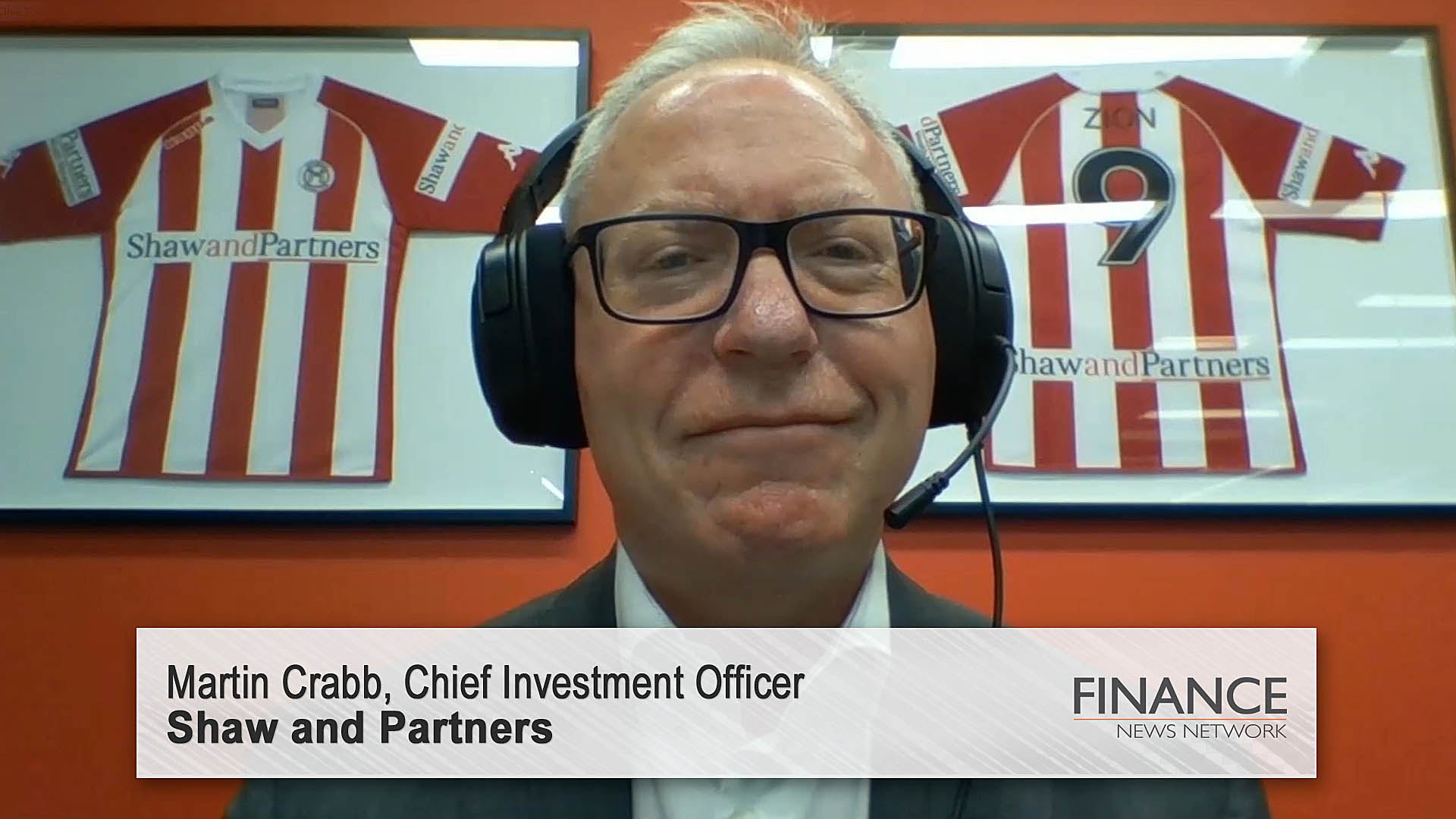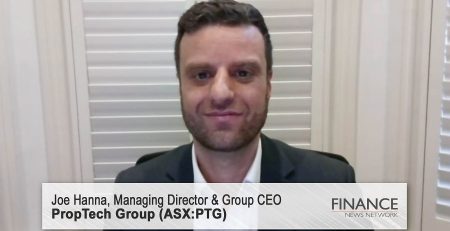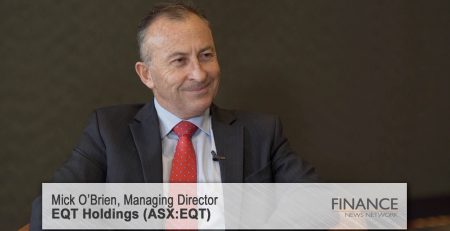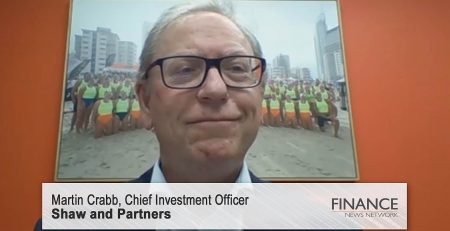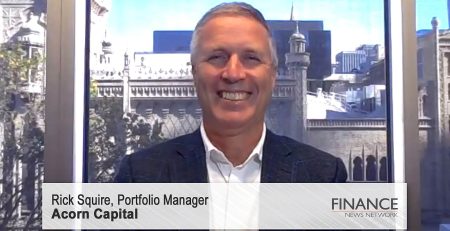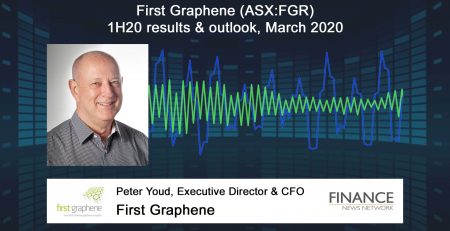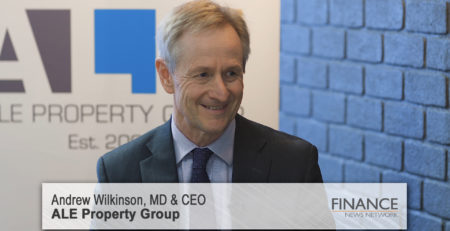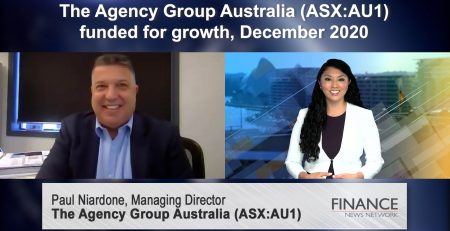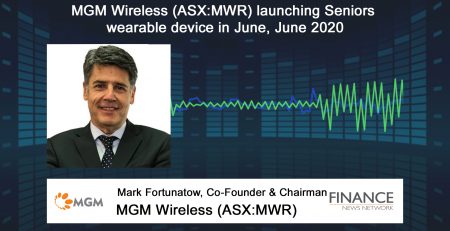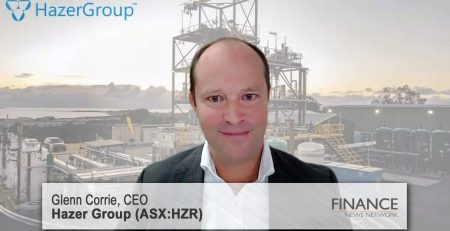Market update with Shaw and Partners, February 2021
Shaw and Partners Chief Investment Officer Martin Crabb provides an update on the global economy, US stimulus packages, rising bond yields and their implications for investors.
Welcome everyone for today's another outstanding lineup of presenters. So some really interesting companies today. So you've got a lot to look forward to.
So, I've been given the unenviable task of trying to wrap up the markets in less than 10 minutes. I'll probably be closer to five than 10, but just wanted to start on a few themes. And probably the first one is just setting the scene for 2021. We are clearly in a reflationary environment. So, we've obviously been hit for six last year with the pandemic, and we're still dealing with it in a lot of the world, even though the vaccines are being rolled out pretty aggressively at the moment.
We're still dealing with the demand shock, if you like. So it's taken a huge chunk out of GDP around the world. And obviously, governments and central banks have stepped into the battle to stave off the damage that's being done. And we're still recovering from that. So, we need to look back at really wartime-like scenarios in the past. There's no use just looking at the GFC or even the tech wreck as a playbook for what's happening.
We've got to go back and look at World War I, World War II, the Napoleonic war, the US civil war. When we had governments really had to step in and massively stimulating economies, take on enormous amounts of debt. And then, what happens in the aftermath of that?
Probably the most critical thing to understand is governments have not finished yet. Joe Biden's still trying to get a 1.9 trillion US dollar stimulus package, which is almost 10% of GDP. He's trying to get that through both houses in the US. And I'm reading press reports this morning that the government in Australia is looking to extend the JobKeeper package beyond the deadline at the end of March.
So, governments haven't finished spending and central banks haven't finished buying bonds. So, the US Federal Reserve still buying about $120 billion of bonds every month. And obviously, the reserve bank with its QA program here is buying up about $10 billion of bonds a week as well. So there's quite aggressive stimulus on a fiscal level. And also, a very accommodative monetary policy.
So, there's been trillions of dollars that have been injected into the economy, but interestingly, not a lot of it has been spent. There's something like 80% of all of the bonds that have been purchased by the US federal reserve, the people that have sold those bonds, have put the money back on deposit with the fed. So only about 20% of the stimulus, the quantitative easing stimulus, has made its way into the economy in the form of either investment or consumption.
So that sets up a very positive outlook for this year, particularly from the investment and consumption side. We know that we are seeing the manufacturing sector pretty much recovered to where it was pre-coronavirus. So, we can see that in the PMI data, we can see that in the global trade numbers. And most of the supply side issues we had last year, seem to have been dealt with.
Where there is still a lot of slack in the economy is on the services side. Obviously, you just have to walk around your local shopping centre or your local strip mall, and you'll find lots of places are still closed. And some of them won't reopen. So some of the services are part of the economy, it's still on its knees. And we can see that also in the labour force data, that lots of people that are employed in the recreation, travel, tourism, these sorts of industries are still looking for work. So that's a global phenomenon.
So we have a very, very cashed-up consumer. If you look at the savings ratios, they're incredibly high. It's around about 20% of all income is being saved in Australia, which hasn't really happened for a long time. And considering where interest rates are, that doesn't make a lot of sense. It's as high as 37% in China. I mean, China typically has a high savings rate of around about 30%, but at the moment that's almost 40%. And we're seeing 20% numbers in the US and the UK and Europe as well.
So, there's a lots of money being put into the system by the governments and the central banks, but not a lot of it's being spent. So, we will have this period of what's known as revenge shopping. So, we've seen people do some revenge shopping online, whether it's made up for their weekly trip to the supermarket or the clothes store, by boosting their online spending. We may see a similar phenomenon with travel and entertainment and recreation. Once the vaccine is fully deployed, we should see some of those dollars are moved back into the economy. And obviously, that's very, very positive for growth.
One of the other historical takeaways that I think is really important, is what happens to interest rates. We had a period in the 1800s. I know it's a long time ago, where the Bank of England borrowed about 200% of GDP in its efforts to fight off the Napoleonic Wars.
And so, they then had a period of incredibly low interest rates where basically, the Bank of England and the UK treasury agreed to keep interest rates low. In fact, they fixed Consols at about 3% for almost a century. And that allowed the British government to grow the economy and to pay down that level of debt. And look, it took them a long time to get it back down, but they got it back down to below 50% because they didn't have high interest bills.
So you'll see a similar phenomenon this time around, where governments and central banks will basically agree to keep interest rates low for a long enough for the governments to pay off that debt. Now, they're not going to do it by raising taxes because that will actually slow the economy. They'll do it by growing the economy and running inflation pretty hard.
So, the bond market is starting to get concerned about this outlook, where we do see rates being held low for years, four or five years. Governments running the economies very, very strong, so they can generate tax revenue on the back of that. And they can use some of those tax revenues to pay off the debt.
Now, the harder they run the economy or the faster they run the economy, the quicker we can get out of this debt situation that we're in at the moment. So, central banks are saying, "We don't mind a little bit of inflation." Janet Yellen, who's the incoming treasury secretary, has said there are more risks to doing nothing than going big. So, we've basically got both the Central Bank and the US government and, or other central banks and governments around the world putting their foot flat to the floor.
So as an investor, it's pretty obvious what you need to do. You need to follow the Fed, you need to follow those dollars. And obviously, growth assets are going to do better than defensive assets in this sort of environment.
So, one of the thoughts I'll leave you with, I mean, a lot of people talk about growth versus value. I think a different way to think about things is duration. So, are you getting your cashflows upfront, i.e. is it a short duration investment? Or are you getting your cash flows way out into the future? I.e. it's a long duration investment.
What happens when bond yields start to rise, which they do in a reflationary environment, is that long duration assets tend to perform poorly and short duration assets do very well. So, from a portfolio equity portfolio perspective, things like banks and miners will do particularly well. Whereas long duration assets like healthcare, and some technology stocks, will under-perform because your cash flows are out in the future.
So, that's kind of what's going on at the moment. We continue to see that playing out for the rest of this year. We're certainly favourable towards equities and we think it's a good environment for the companies to raise money as well. So, I think the small and mid-cap end of the market's probably a bit more interesting than the large cap. Because there is A, a strong economy, but B, also very buoyant capital markets where investors are happy to fund new companies.
So, we've got some really good speakers today. I'll look forward to chatting with you all again soon. And I'll hand back to you, Clive. Thank you.
Ends
Copyright 2021 – Finance News Network
Source: Finance News Network

